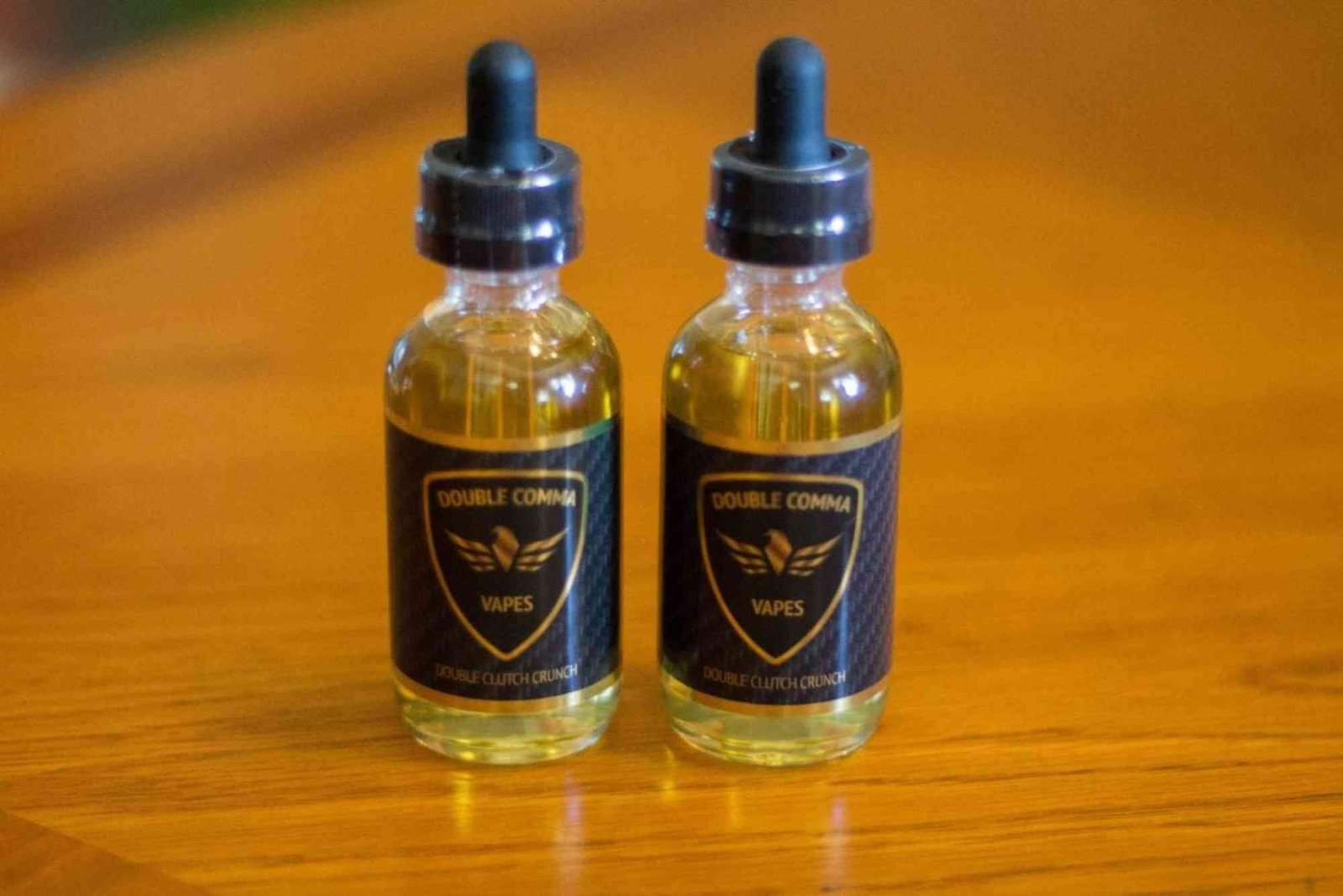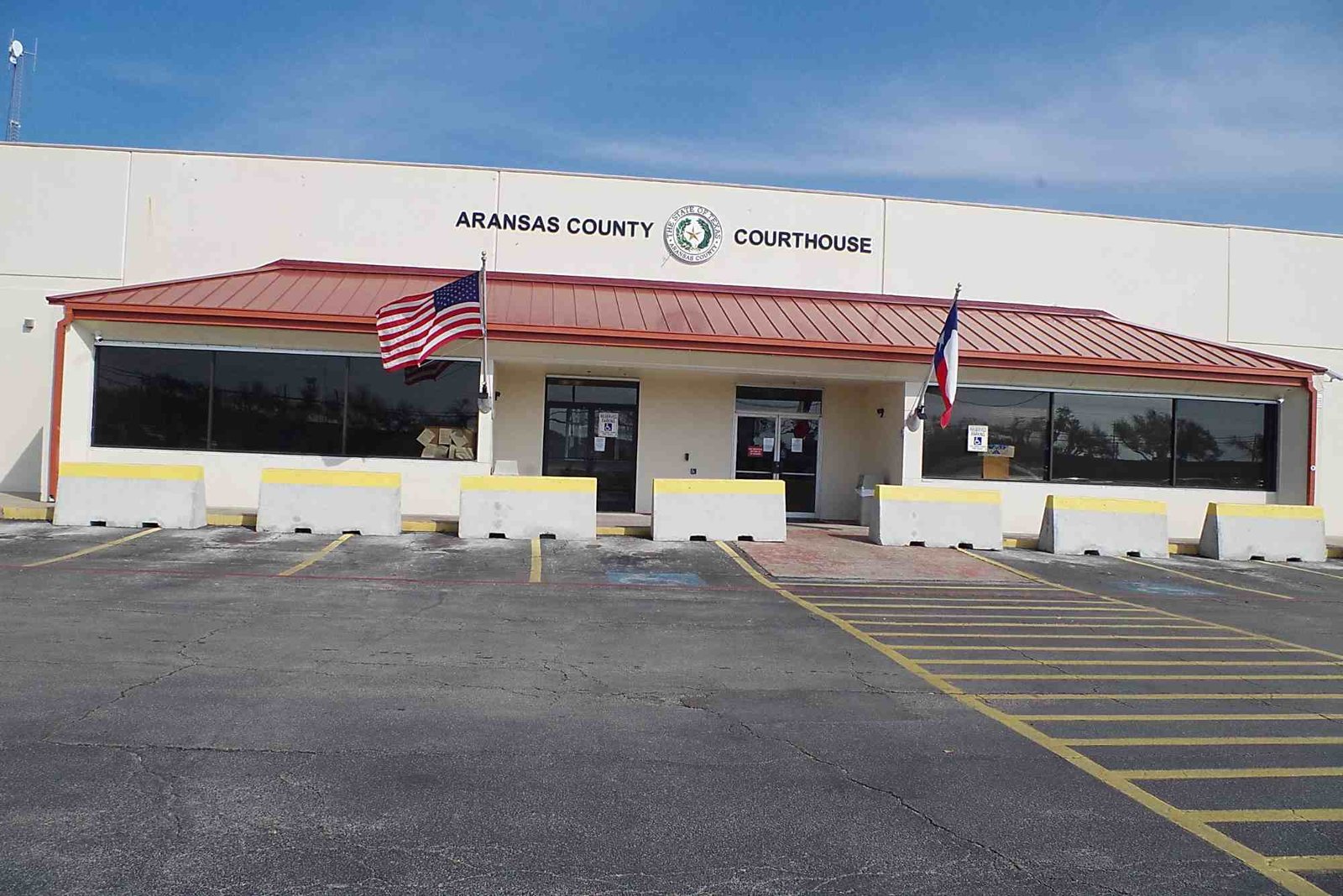Opening Reflections: From Keynote to Quarter’s End
I still remember walking out of the hotel ballroom in Dubai last spring, clutching a notepad filled with scribbles from a transformative cx event that had promised to connect the dots between customer experience and revenue growth. By the time my flight touched down back home, I had already mapped three changes I wanted our commercial team to make before the next board review. Six months later, our win rate was up eight percentage points, and our pipeline hygiene—long a sore spot—finally earned a green flag from finance.
That journey convinced me that the distance between an inspiring conference and bottom‑line impact is shorter than most leaders think—provided we treat customer experience insights as fuel for sales operation process and planning. In this article, I will share the lessons, frameworks, and cautionary tales that helped my team translate CX vision into operational reality.
Why Customer Experience and Sales Operations Are Two Sides of One Coin
Customer experience (CX) shapes perceptions before prospects ever speak to a sales‑development rep. Meanwhile, sales operations decide which prospects get a call, how quickly quotes go out, and how effectively renewals are forecast. When these two disciplines run on separate tracks, friction shows up as elongated sales cycles and misaligned resource allocation. When they are treated as components of one revenue engine, every touchpoint feels orchestrated—customers sense it, and spreadsheets reflect it.
A classic example is the post‑demo survey. Many marketing teams view it as a pure CX metric, but the response patterns can power lead‑scoring thresholds, territory assignments, and even quota relief models. The takeaway: embed CX data deep inside operational dashboards, not just on customer‑success Kanban boards.
Five Insights I Carried Home from a Transformative CX Event
Moments of truth are operational choke points. A keynote speaker mapped each NPS dip to a specific process gap—pricing approvals, legal redlines, or clunky payment gateways. It dawned on me that operations is where CX lives or dies.
Personalization thrives on clean data. Breakout sessions showcased firms that doubled engagement by merging CRM, support, and product‑usage logs. The implication for sales ops is clear: hygiene isn’t housekeeping; it’s bankable advantage.
Speed beats delight when stakes are high. An insurance CIO revealed that fast replies, even if not fully resolved, lifted satisfaction more than perfectly crafted but late answers. That accelerated our SLA targets across quoting and deal‑desk queues.
Front‑line autonomy matters. Brands with the highest CSAT scores allowed reps to bend guidelines within predefined guardrails. We responded by decentralizing approval layers for discounts under five percent.
Storytelling cements change. The companies that moved metrics quickly circulated narrative case studies—videos, podcasts, internal blogs—so every planner knew why they were tweaking a report column at 10 p.m.
Each of these lessons prompted a direct tweak in our sales operation process and planning playbook, from reallocating analyst hours to re‑writing lead‑routing rules.
Translating CX Inspiration into Sales Operation Process and Planning
In my experience, the real work begins the Monday after the applause fades. Here’s the five‑step framework our revenue‑operations team follows:
1. Codify the Spark Within 48 Hours
Capture insights while adrenaline is still high. We convene a one‑hour “download huddle” where everyone who attended shares top takeaways and suggested actions in a shared document. A second mention of transformative cx event in that room keeps the momentum alive.
2. Map Insights to Current KPIs
Rather than launch new dashboards, overlay new ideas on metrics leaders already track—pipeline velocity, forecast accuracy, renewal rate. This preserves focus and reveals immediate leverage points.
3. Design a Hypothesis, Not a Project
We write hypotheses in the format: “If we shorten proposal turnaround from 48 to 24 hours, NPS after purchase will rise by X, and win rate will rise by Y.” This keeps experimentation lightweight and measurable.
4. Implement in Two‑Week Sprints
Borrowing agile rituals, we break changes into sprints: tweak CRM triggers, update playbooks, pilot in one region, gather feedback, and iterate. Because operations touches many systems, short sprints reduce risk.
5. Share Wins Loudly and Early
People support what they help create. We publish early gains—“average quote time down 37 % in EMEA”—on Slack channels and monthly all‑hands decks. Storytelling builds appetite for the next change.
Case Study: From Insight to Revenue Lift in 90 Days
A mid‑market SaaS vendor I advised recently followed this blueprint. After attending a transformative cx event in Singapore, their VP of Revenue noted that 60 % of complaints stemmed from opaque pricing tiers. Sales ops audited approval logs, found three redundant discount layers, and collapsed them into one automated workflow.
• Before: Median quote cycle—42 hours; win rate—28 %.
• After: Median quote cycle—18 hours; win rate—35 %.
The CFO attributed a quarter of that win‑rate jump to operational streamlining informed by CX insights—a clear testament to the compound effect of combining the two disciplines.
Common Pitfalls and How to Dodge Them
Analysis Paralysis
CX events can drown teams in possibilities. If you draft more than five action items per participant, you’re courting overwhelm. Prioritize ruthlessly.
Technology Overhaul Temptation
Vendors love to pitch platform swaps as silver bullets. Resist. First, squeeze more value from existing tools through configuration tweaks—it’s cheaper and faster.
Skipping Front‑Line Validation
Any new process that lengthens a rep’s workflow will meet passive resistance. Have two top performers pilot changes and co‑author the final SOP, ensuring buy‑in.
Integrating CX Metrics into Sales‑Ops Dashboards
To institutionalize collaboration, embed the following CX signals:
Post‑demo CSAT next to lead score.
Onboarding time‑to‑value beside renewal cohort.
Support‑ticket first‑response time within churn‑risk report.
Notice how none of these require a new platform—only better API calls and shared definitions.
Preparing Your Team for the Next Transformative CX Event
Preparation begins months before travel approvals. Send attendees with clear learning objectives tied to specific operational OKRs. Arrange debrief slots on their calendars ahead of time, so reflections aren’t postponed. Circulate pre‑reads about emerging CX trends, and align on which sessions map to known bottlenecks—perhaps a workshop on AI‑driven intent data to refine lead qualification, or a panel on journey mapping to inform territory design.
When the team returns, celebrate quick wins publicly. Pair each attendee with an operations analyst to shepherd at least one measurable improvement. In my firm, that partnership produced the idea of auto‑generating intent‑based talk‑tracks inside the call‑recording tool—an initiative that shaved 30 seconds off average handle time within six weeks.
The Long Game: Building a Culture Where CX Fuels Operations
Ultimately, you want a revenue organization where every planner instinctively asks, “How will this feel to the customer?” before changing a field or rule. Foster that mindset by:
Recognizing cross‑functional wins in town‑halls.
Promoting leaders who demonstrate customer‑centric planning.
Funding training that blends operational rigor with empathy mapping.
As the culture matures, the phrase sales operation process and planning stops sounding like back‑office jargon and starts representing a proactive, customer‑aligned growth engine.
Conclusion: The Short Bridge from Inspiration to Execution
The next time you or your colleagues wonder whether attending a transformative cx event is worth the budget, remember that its ROI is limited only by how deliberately you embed the lessons into daily operations. Pair every aha‑moment with a concrete tweak to sales operation process and planning, measure the impact, and share the story.
If experience has taught me anything, it’s that the applause you hear in a conference ballroom is only the prelude. The real symphony plays out in CRM fields updated, approval chains shortened, and customer emails turned from “checking in” to “happy to renew.” Close that gap consistently, and your CX program will stop being a feel‑good initiative and start being the flywheel that powers enduring revenue growth.







